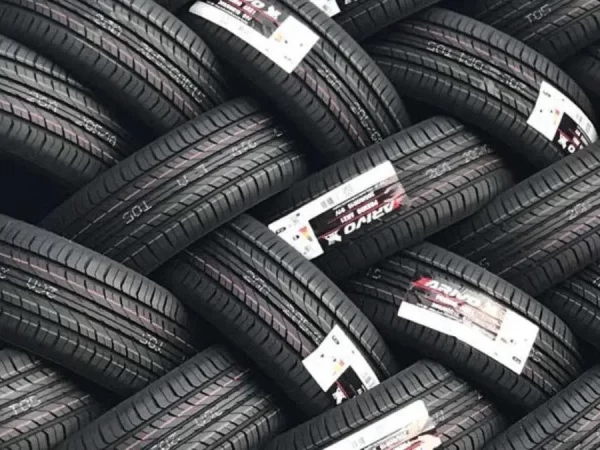Let’s be honest—most car interiors aren’t exactly kind to the planet. Leather, synthetic plastics, and petroleum-based fabrics dominate the market. But as sustainability becomes a priority for drivers, automakers are shifting gears. Biodegradable and eco-friendly materials are no longer a niche trend—they’re the future.
Why Eco-Friendly Car Interiors Matter
Think about it: the average car spends over a decade on the road. That’s years of sun exposure, spills, and wear—all while off-gassing chemicals from conventional materials. Eco-friendly alternatives reduce environmental impact and create healthier cabins. Here’s why they’re gaining traction:
- Lower carbon footprint: Renewable materials require less energy to produce.
- Reduced waste: Biodegradable options break down naturally instead of clogging landfills.
- Healthier air quality: Fewer volatile organic compounds (VOCs) mean cleaner breathing.
Top Biodegradable Materials for Car Interiors
1. Plant-Based Fabrics (Bamboo, Hemp, and Cork)
Forget polyester—bamboo and hemp fabrics are stealing the spotlight. Bamboo grows rapidly (like, really fast) and requires minimal water. Hemp? It’s naturally pest-resistant and durable. Even cork, once just for wine bottles, is now a sleek, sound-absorbing dashboard option.
2. Mushroom Leather (Yes, Really)
Mycelium—the root structure of mushrooms—can be grown into a leather-like material. It’s soft, flexible, and completely biodegradable. Brands like BMW and Mercedes are already experimenting with it for seats and trim. Talk about a fungi revolution.
3. Recycled Ocean Plastics
Okay, this one’s not fully biodegradable, but it’s a game-changer. Companies like Ford and Toyota weave recycled fishing nets and plastic waste into carpets and seat fabrics. It’s a clever way to clean up oceans while keeping interiors stylish.
4. Natural Rubber and Latex
Synthetic rubber is everywhere in cars—but natural rubber, tapped from trees, is making a comeback. Paired with organic latex (great for cushioning), it’s a breathable, toxin-free alternative for mats and seals.
Challenges and Trade-Offs
Sure, eco-friendly materials sound perfect—but they’re not without hurdles. Durability can be a concern (hemp might fade faster than synthetic leather), and costs are often higher. Still, innovation is closing these gaps fast.
| Material | Pros | Cons |
| Bamboo Fabric | Renewable, breathable | Wrinkles easily |
| Mushroom Leather | Biodegradable, soft | Limited water resistance |
| Recycled Plastics | Reduces waste | Still plastic-based |
What’s Next? The Road Ahead
The shift toward sustainable interiors isn’t slowing down. Expect more algae-based foams, pineapple leaf fibers (Piñatex), and even self-healing materials derived from plants. The goal? Cars that leave zero trace—inside and out.
So next time you slide into a car, take a second to feel the seats. The future might just be softer, greener, and a little… mushroomy.





